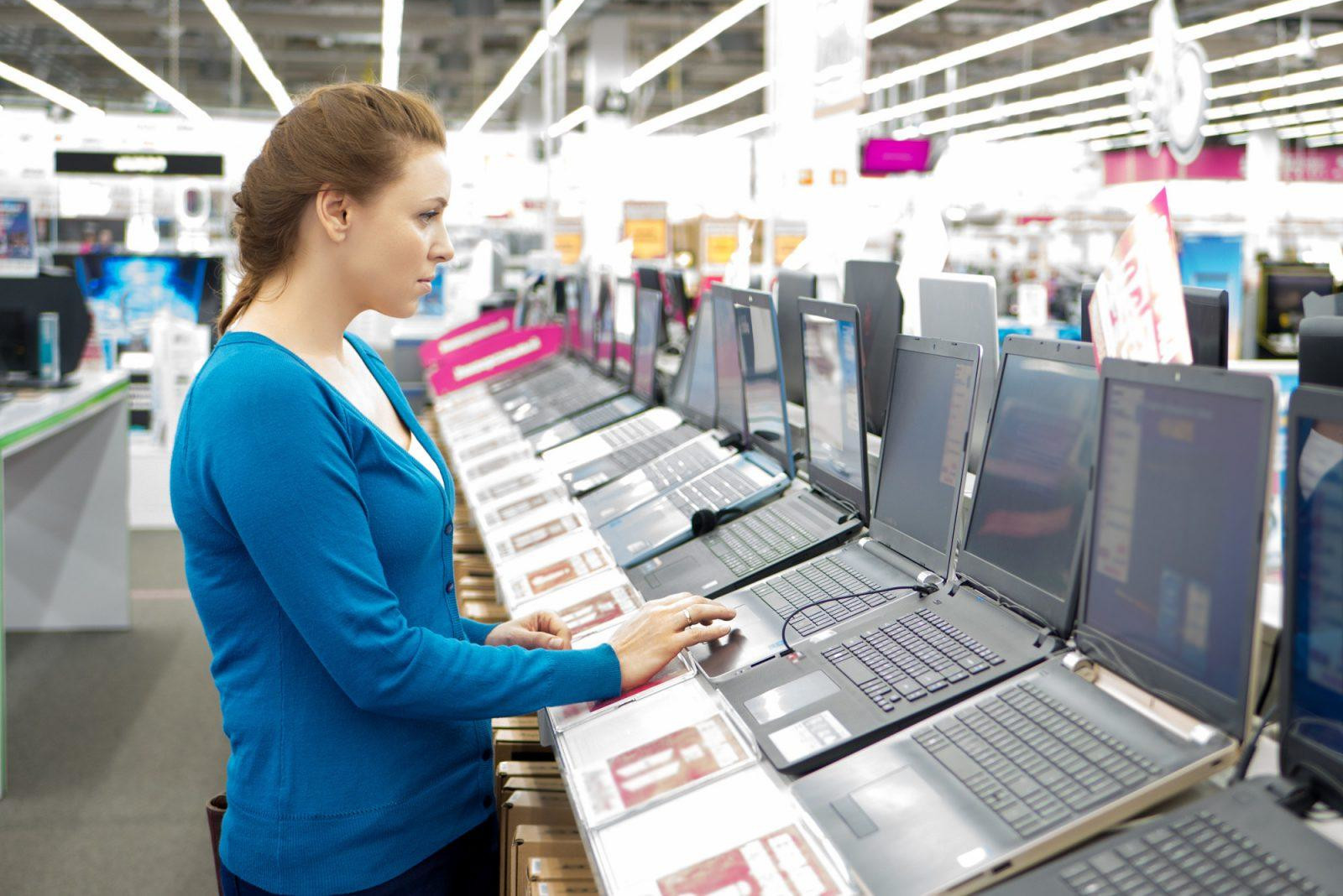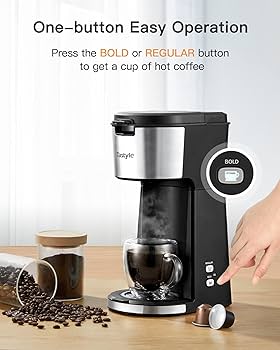Demystifying Refurbished Laptops: An Insightful Guide
Introduction
Navigating through the world of tech can sometimes feel like uncharted territory, full of jargon and unfamiliar concepts. One term that has gained popularity lately is 'refurbished laptops.' But what does it mean, and is it worth considering when buying a laptop? In this insightful guide, we will demystify refurbished laptops, explore their benefits, and learn how to ensure quality when buying one. buckle up, as we delve into the interesting world of refurbished laptops.
What is a Refurbished Laptop?
A 'refurbished laptop' holds a distinct space separate from both brand-new and second-hand laptops. Let's dissect what this term truly encapsulates:
- Definition: Refurbished laptops are essentially previously owned laptops that are returned to the manufacturer or retailer. They undergo a thorough inspection, restoration, and testing process to match the performance and functionality of a new laptop.
- Basic Difference from Second-hand Laptops: Unlike second-hand laptops, refurbished laptops are diligently inspected, repaired, and tested to ensure they operate as new. The refurbishment can include hardware/software updates, memory upgrades, or minor cosmetic changes.

- The Advantage of Refurbishment: By undergoing the process of refurbishment, any potential hardware errors or software glitches within the laptop are rectified. This offers 'near-new' quality at a reduced price.

- Effectively 'as New': A refurbished laptop is expected to operate at the same standard as a new laptop, as it is made to meet the original factory specifications. This makes them a cost-effective and reliable option.
Remember, while a refurbished laptop might have been pre-owned, it is not merely 'used'. The rigorous processes it passes through ensure it performs at "new condition" standards.
The Detailed Process Behind Laptop Refurbishment
Laptop refurbishment is a meticulous process comprising several steps, ensuring each refurbished laptop meets the industry standard. Here's what the refurbishment process entails:
1. Initial Inspection: This is a crucial step in which the returned laptop undergoes a comprehensive check for any hardware or software issues. It involves scrutinizing every component to identify any faults that need rectification.
2. Repair and Replacement: Once the faults are identified, components responsible for the issues get replaced or repaired. These components could range from memory modules and hard drives to major components like the motherboard.
3. Deep Cleaning: Subsequent to the repair, the laptop is thoroughly cleaned both internally and externally. This step not only helps to enhance the aesthetic value of the laptop, but also rids the internal components of dust and dirt, boosting performance.
4. Rigorous Testing: The laptop then undergoes functional testing that ensures all components are working perfectly. Coupled with the repair phase, this step guarantees that the refurbished laptop functions akin to a brand-new one.
5. Repackaging: After successfully passing all the testing steps, the laptop gets repackaged with new accessories, manuals, and even fresh software installations. This step ensures the customer's unboxing experience is as exciting as that of a new laptop.
By following these steps meticulously, reputable sellers can provide you with refurbished laptops that function as efficiently as new ones, at a considerably lower cost. Whether you are on a tight budget or aiming for sustainability, a refurbished laptop could be the perfect solution.
What are the Top Benefits of Buying a Refurbished Laptop?
When you decide to purchase a refurbished laptop, there are specific advantages you may reap, making it a savvy choice for many tech lovers and budget-conscious consumers. Here's a closer look at the key benefits:
- Cost Savings: One of the top monetary benefits of buying a refurbished laptop is the potential savings. In comparison to brand new laptops, refurbished models usually come with a significantly lower price tag. Depending on the model and specs, you could save up to 50% off the original retail price.
- Quality Assurance: Each refurbished laptop goes through rigorous testing to ensure it meets the original manufacturer's standards. Technicians repair any defects, replace necessary parts and upgrade features if needed, guaranteeing you a laptop in excellent working condition.
- Sustainability: By choosing to buy a refurbished laptop, you contribute to a more sustainable environment. Reusing and recycling electronic products can significantly reduce electronic waste, which often contains harmful environmental pollutants.
- Warranty Coverage: Many reputable sellers understand the concerns and scepticism around refurbished products and therefore offer warranties. While not all, a good number of refurbished laptops come with warranty protections ranging from a few months to a year.
By understanding these benefits, you can easily see why a refurbished laptop might be the right choice for you. Not only can you secure a high-performance laptop at a fraction of the cost, but you are also taking a step towards a greener planet while enjoying the safety net of a warranty.
How to Ensure Quality When Purchasing a Refurbished Laptop?
A key aspect of purchasing refurbished laptops is to ensure their high-quality performance coupled with durability, even though they are pre-owned. It would be best if you were armed with the right knowledge to ensure you're making a sound investment. Let's explore step-by-step instructions to secure quality when buying a refurbished laptop:
1. Reputable Sellers: Always consider buying from a trusted, reputable retailer or manufacturer as the first decisive step. This provides an assurance that the laptops have undergone rigorous refurbishment processes. Check for brands that provide warranties on their refurbished products, signaling confidence in their offerings.
2. Detailed Inquiry about Refurbishment Process: Understanding the refurbishment details is essential. Ask about inspection, upgrading, testing processes along with whether the laptop's software is appropriately licensed. A detailed understanding of these facets can ensure the laptop's quality post-refurbishment.
3. Reading Reviews: Spend time analyzing the reviews and ratings provided by other customers. Shared experiences can provide first-hand insights into product quality and after-sales services.
4. Knowing the Laptop's History: Aim to get as much information about the laptop’s history. What was the reason for its refurbishment? How old is it? This knowledge can help make informed decisions.
5. Accessories, Manuals, and Software: The laptop should come with all the necessary accessories, software, and a detailed manual for efficient usage. Missing components may indicate an incomplete refurbishing process.
6. Condition Grade: Evaluate the laptop's aesthetic condition. The grading ranges from A-D, where A signifies a near-perfect condition with minor scratches while D may have significant visual defects.
7. Consumer Protection Rules: Understand your rights as a buyer. The rules for returns and refunds apply equally to refurbished items as they do for new products.
In conclusion, purchasing a refurbished laptop requires due diligence and a careful, informed approach. A well-refurbished laptop serves as a cost-efficient and sustainable choice for tech consumers, provided it meets all the stringent quality checks.
The Lifespan of a Refurbished Laptop: How Long Can It Last?
The shelf life of a refurbished laptop is a subject of many discussions and can be influenced by several factors including its initial condition, the refurbishment process, and user habits. Here are some essential elements to consider:
- Initial Condition: The lifespan significantly depends on the condition of the laptop before refurbishing. If the laptop had no major defects before restoration, it is likely to last longer.
- Refurbishment Process: The efficiency of the refurbishment process is key. If it was done properly, a refurbished laptop can have a nearly the same lifespan as a new one.
- Usage Habits: How you handle and maintain your laptop also impacts its lifespan. Proper care, such as keeping the laptop clean, running regular updates, and avoiding extreme temperatures, can extend its lifespan.
Contrarily, keep in mind:
- Battery Life: The battery of a refurbished laptop may not last as long because it was likely used before the refurbishment. Make sure to opt for laptops that offer newer and better-quality batteries during refurbishment.
In conclusion, with right conditions and care, refurbished laptops can be a durable and pocket-friendly option, though certain aspects like the battery may not match the lifespan of those in new laptops.
Conclusion
Refurbished laptops offer an excellent opportunity to own high-quality, functional, and sustainable technology at significantly reduced prices. By understanding what refurbished laptops are and knowing the steps on how to guarantee quality when buying one, you are set to make an informed choice that suits your tech needs and budget.
Related FAQs about what is a refurbished laptop
What is the Difference Between Used and Refurbished Laptops?
The main difference lies in the conditioning process. Used laptops are simply pre-owned and sold in their existing condition. Refurbished laptops, on the other hand, are pre-owned laptops that are professionally restored to meet factory specifications. They undergo hardware/software services and rigorous testing to ensure they function similarly to new ones.
Who are the Trusted Sellers of Refurbished Laptops?
Many manufacturers and retailers sell refurbished laptops, including Dell, Lenovo, and Apple. Purchasing directly from these manufacturers is often a reliable option. Amazon Renewed, Best Buy, and Newegg are popular trusted retail platforms. Always ensure the seller's credibility and customer reviews before making a purchase.
Are there any Potential Drawbacks in Buying a Refurbished Laptop?
Potential drawbacks can include shorter warranty periods than new laptops and less choice in terms of models and specifications. The unit may have cosmetic defects, and battery life might be shorter than in a new laptop. Do remember, these issues can be minimized by buying from a reputable seller.


